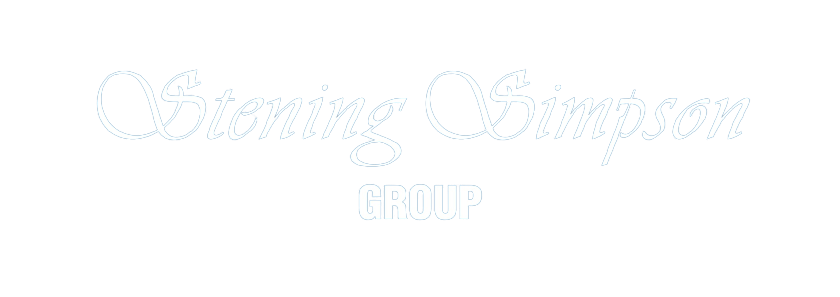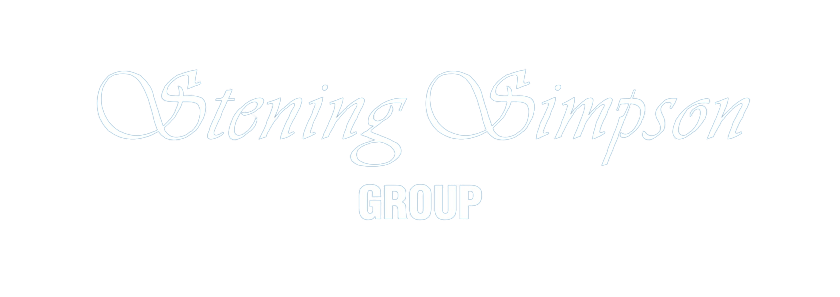Overnight on 31 May-1 June 2020, violent protests over the 25 May police killing of an African American man in in the northern U.S. city of Minneapolis, Minnesota continued across the country for a third consecutive night. Although most daytime protests have been largely peaceful, violence has occurred nightly. In response, officials have imposed nighttime curfews in nearly 40 cities and deployed approximately 5,000 National Guard personnel across 15 states and in the national capital, Washington, D.C. In Arizona, a statewide nightly curfew during 2000-0500 local time is in effect until 8 June, while a curfew during 2100-0600 local time is in effect in the city of Chicago. Additional major cities are likely to announce nighttime curfews later on 1 June. In California, state government offices located in city center areas closed on 1 June as a precaution.
In Washington, D.C., hundreds of protesters clashed with police officers near the White House despite a declared curfew on the night of 31 May. Police officers fired several rounds of tear gas at approximately 1,000 protesters in Lafayette Square, which is adjacent to the White House. Protesters set fire to multiple buildings in the area, including St. John’s Episcopal Church. Approximately 1,700 National Guard personnel were deployed in the capital to assist police officers in quelling violent activities. Meanwhile, on the night of 29 May the White House was briefly placed under lockdown and Secret Service agents reportedly escorted President Donald Trump to a bunker in the presidential residence after violence escalated on Pennsylvania Avenue as protesters clashed with security personnel. Dozens of protesters and Secret Service agents were injured in the confrontations that occurred between 29 May and 1 June.
In Louisville, Kentucky, security personnel shot and killed a man in the parking lot of a retail store in the Russell neighborhood while attempting to clear a large crowd of demonstrators at approximately 0015 local time on 1 June. Louisville’s police chief stated that an unknown individual fired a shot at city police officers and Kentucky National Guard troops at the scene, prompting officers to return fire. The situation remains tense in Louisville, where a police officer shot and killed an African American woman at her residence in early March. During a protest on the night of 28 March, at least seven people in the downtown area suffered gunshot wounds; however, officials do not know who perpetrated the shooting.
In Minneapolis — where the protests initially intensified on 26 May — significant looting, vandalism and unrest continued as individuals set fire to buildings and vehicles in the city. Chaos further escalated on the evening of 31 May, when a truck drove toward a crowd of thousands of protesters who were blocking the I-35 highway. The driver suffered minor injuries and was taken to a nearby hospital; there were no reports of other injuries. All major highways in the Minneapolis/St. Paul metropolitan region were shut down during the curfew from 2000 to 0600 local time. In Atlanta, the state capital of Georgia, tensions escalated after hundreds of protesters gathered at the headquarters of news network CNN near Centennial Olympic Park in the evening hours of 29 May. Protesters set fire to multiple police vehicles and vandalized nearby buildings, including the CNN building and other businesses. In an effort to prevent further violence, the state governor has imposed a state of emergency until 7 June.
In New York City, notable protests took place in Manhattan and Brooklyn. The most significant clashes occurred outside of the Barclays Center in the Prospect Heights neighborhood in Brooklyn, where police officers used baton charges to forcefully disperse protesters on the night of 29 May. In addition, at least two police vehicles drove through a crowd of protesters during a riot; there were no reports of significant injuries. Protests spread to Union Square, where multiple police vehicles were set on fire. City officials briefly shut down the Brooklyn and Manhattan bridges after unrest occurred in the surrounding areas.
Elsewhere in the country, violence broke out in several major cities and state capitals, including Boston, Chicago, Los Angeles, Philadelphia and Seattle, where buildings and vehicles were set ablaze, businesses and public properties were looted or damaged. Police officers deployed tear gas, rubber bullets and pepper spray during confrontations with protesters. Dozens of protesters and police officers have been injured during the violence, and authorities have reportedly arrested at least 4,400 people at gatherings across the country since protests initially broke out in Minneapolis.

